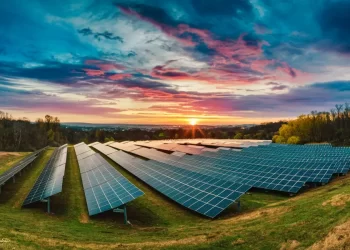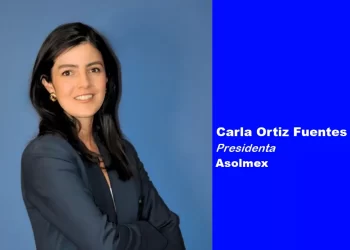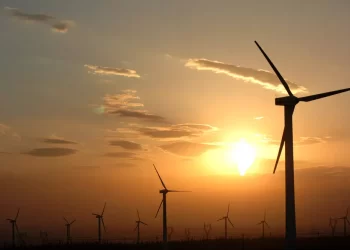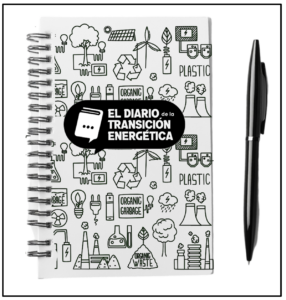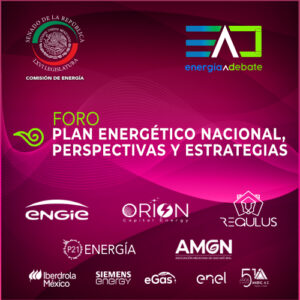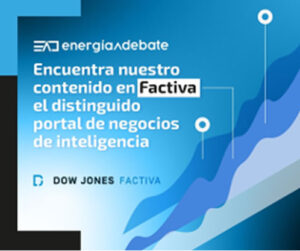By Javier Blas (Bloomberg)
The men huddled in the same first-floor conference room as always, only this time they?d decided to make their annual oil bet bigger and bolder than ever before. Fewer than a dozen representatives from three Mexican government ministries and Petróleos Mexicanos, the state energy company, were about to make a wildly contrarian play. If it paid off, the profits would be enormous. And if they were wrong? They would have spent a small fortune in vain.
Almost seven months earlier, at the beginning of January 2008, the price of oil had flirted with $100 a barrel for the first time in history. It retreated to below $90 by the end of the month, but then, in early February, the price took off. West Texas Intermediate, the U.S. benchmark, reached a new high every month?$103.05, $111.80, $119.93, $135.09, $143.67?until finally, in early July, it hit $147.27 a barrel. Seemingly insatiable demand from emerging economies, including China and Brazil, encouraged outrageous chatter of $200 a barrel among the giddiest traders. Even those with bearish outlooks were fairly optimistic, figuring there would be a correction, not a crash.

Yet on July 22, 2008, just 11 days after oil reached its all-time high, this small group of Mexicans gathered to discuss their very different outlook in the ornate surroundings of Mexico?s finance ministry, the Secretaría de Hacienda y Crédito Público. The palace?located on the Zócalo, the capital?s vast main square?had been built centuries earlier atop what once was the home of conquistador Hernán Cortés. On the walls around the main entrance, gigantic Diego Rivera murals depict the country?s history.

 Transporte y Logística
Transporte y Logística Tecnología e Innovación
Tecnología e Innovación Sustentabilidad
Sustentabilidad Responsabilidad Social
Responsabilidad Social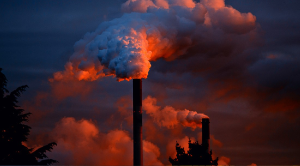 Crisis Climática
Crisis Climática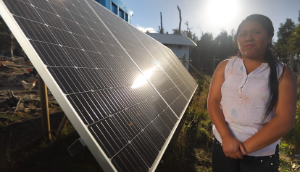 Pobreza Energética
Pobreza Energética Revista
Revista

 Infografías
Infografías



